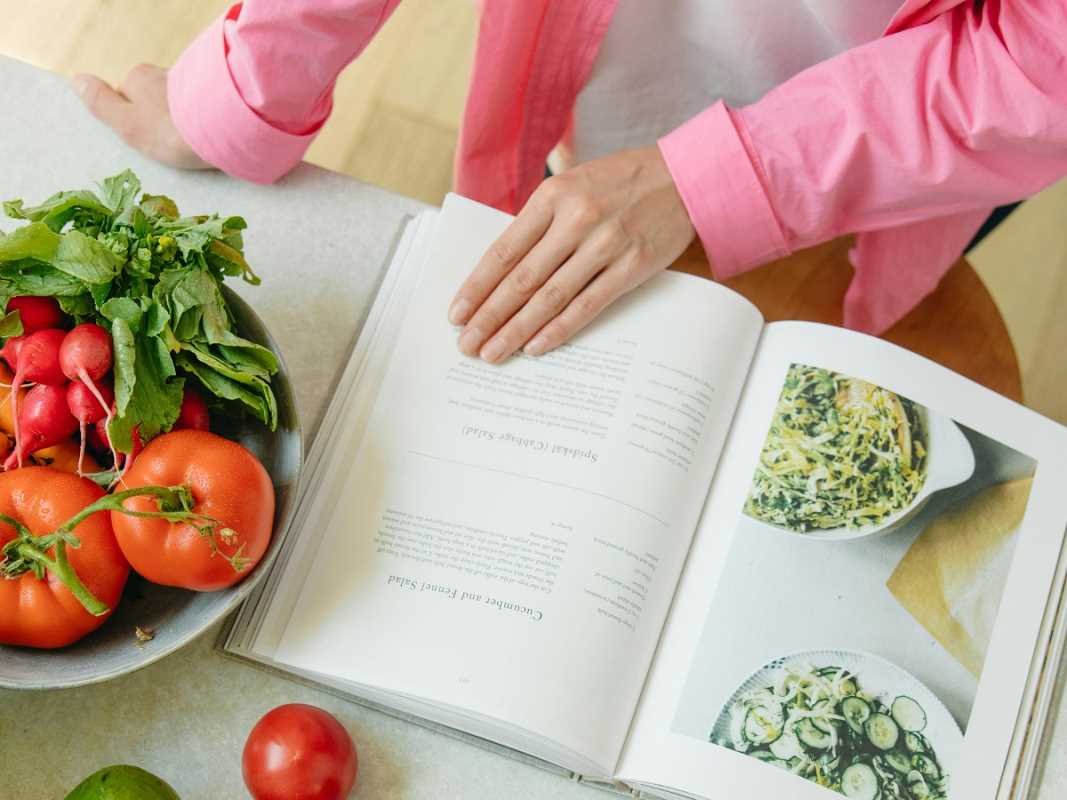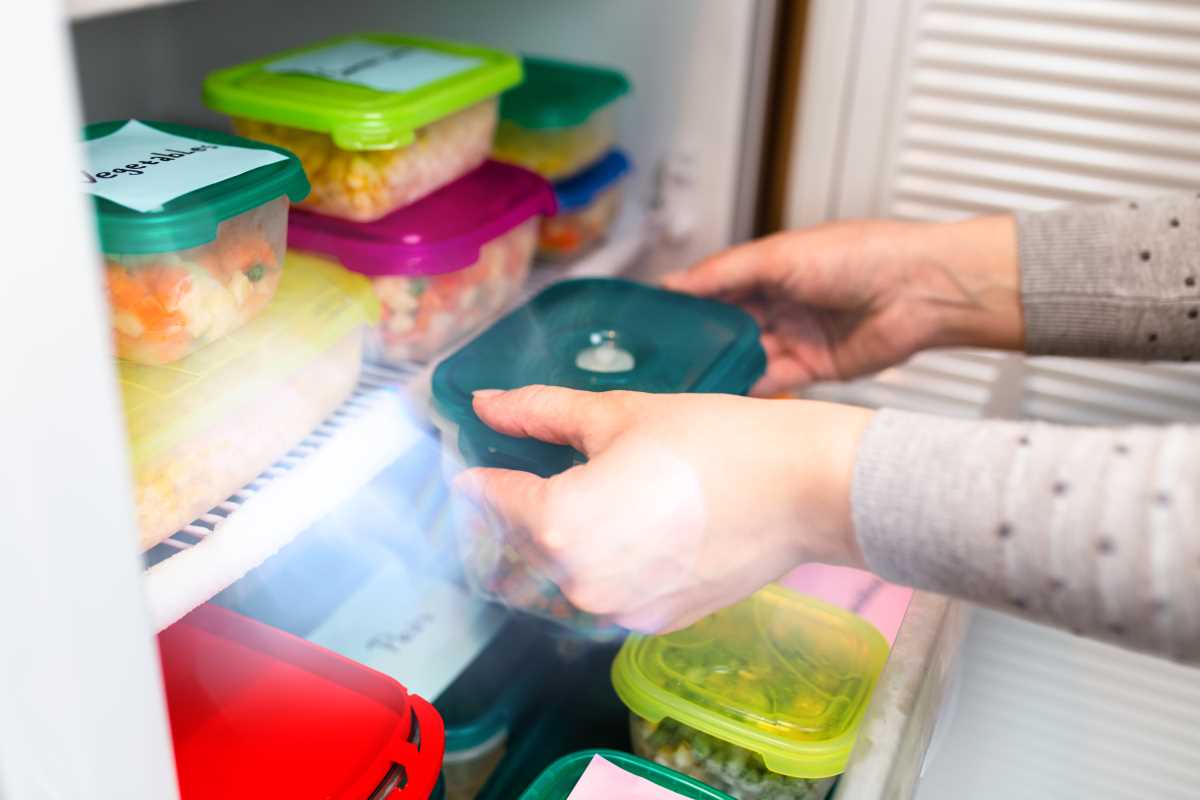Organizing meal prep for a family that includes kids, teens, and adults becomes much simpler when you take it one step at a time. Begin by figuring out what each person needs each day to stay energized and satisfied. Plan a week’s menu that brings together dishes everyone will enjoy while keeping nutrition in mind. Create a focused shopping list, cook larger portions of base ingredients, and store meals in a way that makes reheating quick and easy. Small changes to flavors and ingredients can help meet different tastes and dietary needs, ensuring everyone looks forward to mealtime.
Assessing Nutritional Needs by Age
First, list out each person’s typical portion sizes and preferred foods. Younger kids often need smaller servings with a fun presentation, while teens might require more protein and energy-dense snacks to fuel growth spurts. Adults may look for balanced meals with vegetables, lean proteins, and whole grains to maintain energy levels throughout the day.
Next, note any specific dietary needs—food allergies, texture preferences, or medical restrictions. A family member with mild dairy intolerance might do well with lactose-free yogurt, whereas someone who avoids gluten needs bread replacements like rice wraps. This inventory becomes the foundation for personalized portions and ingredient swaps when you design your weekly plan.
Planning a Flexible Weekly Menu
Bundle meals by theme—think Mexican night, stir-fry Tuesday, or bake-and-freeze Sunday. Grouping dishes simplifies ingredient overlap and reduces waste. For example, if roasted chicken appears midweek, use leftover meat in a salad wrap the next day.
Sketch a grid that slots breakfast, lunch, dinner, and snacks for each day. Color-code items that overlap ingredients so you spot opportunities to buy in bulk. Once you finalize the menu, build a master shopping list organized by grocery section—produce, proteins, pantry staples—to speed up your store trip.
Smart Grocery Shopping
Hit the store armed with a list organized by aisle. Buying vegetables in family-friendly bundles—bags of baby carrots or pre-washed greens—saves prep time. Seek out versatile proteins like lean ground turkey or canned beans that adapt easily from chili to pasta sauce.
Compare unit prices when choosing grains or legumes. Buying larger quantities of staples often cuts cost per serving. If you spot an in-season fruit or veggie deal, adjust your weekly menu to feature that ingredient. Keeping meal plans fluid lets you take advantage of sales without compromising nutrition.
Efficient Meal Prep Techniques
- Chop all veggies at once: segment tasks by color or cooking time.
- Batch cook grains like rice or quinoa in a rice cooker while you handle proteins.
- Divide proteins into labeled containers: grilled chicken, baked tofu, or ground turkey.
- Mix dressings and sauces in jars so you can shake and drizzle as needed.
- Use clear, stackable containers to spot leftovers and prevent spoilage.
Safe Storage and Reheating Practices
- Cool foods quickly: spread rice or pasta thinly to room temperature before sealing.
- Label each container with contents and date to track freshness.
- Store meals at or below 40°F in the fridge; freeze extras to extend shelf life.
- Reheat soups and stews until they simmer; warm solid foods to 165°F throughout.
- Thaw frozen dishes overnight in the fridge rather than on the counter.
Adapting Flavors for Different Tastes and Dietary Restrictions
Offer topping bars where each person customizes bowls. Serve a neutral base—rice, noodles, or greens—plus bowls of shredded cheese, nuts, yogurt, chopped herbs, and sauces. Family members mix and match components to suit their cravings.
For those who avoid certain ingredients, swap components easily: use almond milk instead of dairy, or swap tortillas for lettuce wraps. Encourage each person to write their favorite bundle of ingredients on a sticky note; keep these notes on the fridge for inspiration. This small step gives everyone ownership over their plate without extra cooking.
This roadmap makes meal prepping easier for all ages. It ensures efficient planning, shopping, cooking, and storage, making weekly dinners enjoyable family routines.
 (Image via
(Image via





